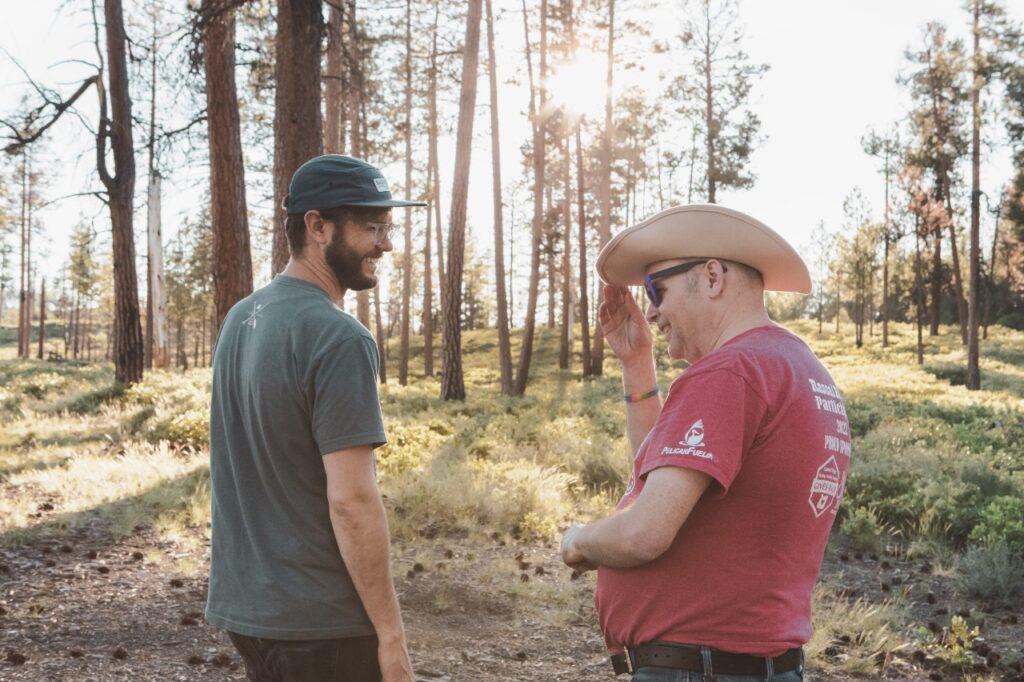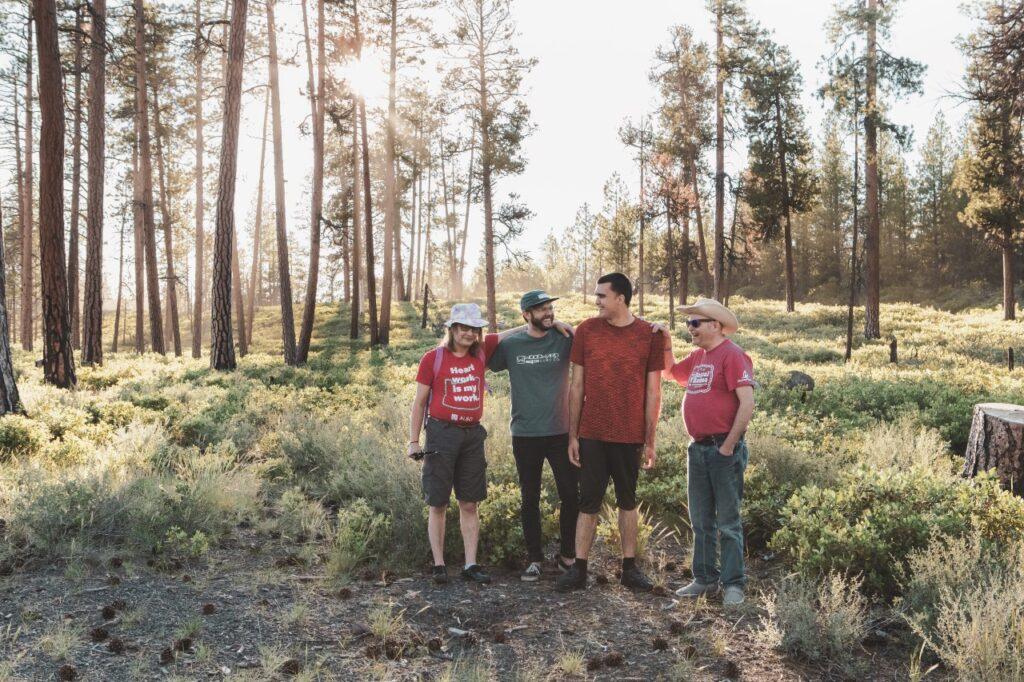Explore the ALSO Children’s Homes Wishlist and help fill the season with joy for the children supported by ALSO.
Explore the ALSO Children’s Homes Wishlist and help fill the season with joy for the children supported by ALSO.

With its massive trees, snow-capped mountains, and rugged coastline, the Pacific Northwest is the most beautiful region in the world—or at least many of us who live here think so. And we appreciate it. We want to soak in the awesome views, marvel at the blankets of wildflowers, and watch hawks circle overhead. We want to experience this glorious landscape, up-close and personal, by hitting the myriad Oregon hiking trails.
But hiking is an aspect of Pacific Northwest culture that can often be denied to people with disabilities, both through a lack of accessible outdoor opportunities and a shortage of resources that outline available options. Luckily, Disabled Hikers, a cross-disability-led nonprofit founded in 2018, offers community and provides resources, like lists of accessible hiking trails. They’re also working to change the landscape for outdoor enthusiasts with disabilities, and Disabled Hikers’ founder Syren Nagakyrie is just the person to blaze that (accessible) trail.
Though outdoor recreation was not part of Syren’s experience growing up with multiple disabilities in Florida, time spent stargazing made an indelible impact. “That experience helped me feel like nature was a place where I could connect and belong where society told me I didn’t.” Syren, who wanted more of that experience, discovered hiking—and tried to figure out how that worked for their body. And once Syren figured that out, they wanted to share it with others.
In addition to founding Disabled Hikers, Syren has written two guidebooks, The Disabled Hiker’s Guide to Western Washington and Oregon: outdoor adventures accessible by car, wheelchair, and foot, and the forthcoming Disabled Hiker’s Guide to Northern California, both published by Falcon Guides. Like most guidebooks, they contain maps, directions, distances, and color photos. Unlike other guides, they highlight accessible hiking trails, using certain metrics from the Americans with Disabilities Accessibility Guidelines (ADAAG) and Forest Service Guidelines to provide the accessibility information disabled hikers need, like:
The guides also include information about cell phone reception and list the nearest town, so hikers know where they can get food or medical assistance if needed.
But perhaps the most unusual feature of the Disabled Hiker’s Guides is their Spoon Rating System. Based in an understanding of Spoon Theory by Christine Miserandino, the rating identifies how much effort the trail might take, and is very objective about what that means. For example, a trail rated 1 Spoon = 0-2 miles, level and even with grades under 8%, paved, very easy to navigate, probably wheelchair accessible. A 5-Spoon trail = 5+ miles, prolonged grades of 15 to 20%, elevation changes 1000 feet or longer than one mile, trail has many obstacles, requires extensive planning or navigation.
As a member of the disability community, Syren recognizes that each body and ability is different. “People have this idea that either all wheelchair-users have a typical transport hospital wheelchair, or that anyone who is a wheelchair-user in the outdoors is an adaptive athlete,” says Syren. “But there’s such a range in between. I wanted to widen that lens a little bit.” That’s why Syren’s guides list some trails as “probably wheelchair accessible,” and provide the accessibility information disabled hikers need to decide for themselves whether the experience will or won’t be accessible for them and their equipment.
Whether you’re a person with a disability who is new to hiking, or an experienced hiker who is learning how to accommodate a disabled body, Syren encourages you to open yourself up to experiencing nature on your terms. “Let go of the preconceived ideas of what is a ‘real hike,’” they say. “Any way that we engage and appreciate the outdoors is valid and meaningful. It doesn’t have to be a rough and rugged hike in the middle of the wilderness. It can be a city park or anything like that.”
One of Syren’s favorite outdoor activities is stargazing, especially when it’s hot outside. They also recommend birding, packing a picnic, or just sitting on a park bench. “There are so many ways to engage with the outdoors.”

Planning ahead for any trip is helpful, but especially so when a hiker needs certain access or accommodations. By researching your trips carefully, you and other hikers can know what to expect, and can feel more confident during the experience. “I’ll start by looking at the land manager website, which could be a city park, State Park, National Forest, or National Park,” Syren says. “I’ll also look at Visitor Association websites.” You can also learn about trail surfaces, distances and grade at online resources like AllTrails and Trail Keepers of Oregon , where you can also search photos for benches, picnic tables, or rest areas.
A few other things to consider when planning an accessible hike:
When organizing a group hike, be aware of each hiker’s needs. If you’re not familiar with the trail, scout it out ahead of time so you can describe the accessible features to the group. Syren, who leads group hikes with Disabled Hikers, tries to find places that are fairly well developed, with restrooms, parking areas, accessible features, and places to gather, like picnic areas.
For hiking near Portland, Oregon, Syren’s go-to spot is Smith and Bybee Wetlands. “It’s right in the city, but it’s actually really nice wetlands and it’s pretty accessible, with paved paths,” Syren says.
Syren also recommends Wildwood Recreation Area near Mt. Hood, and for those looking for Oregon hiking trails with waterfalls, she suggests checking out the Rogue-Umpqua Scenic Byway in Southern Oregon, a 172-mile loop known as the “Waterfall Highway.”

Why have we written an article focusing on accessible hiking trails? There are several reasons:
The most important reason? At ALSO, we envision a future in which all people, including those living with developmental and other disabilities, are fully included in their communities—indoors and outdoors. Learn how to become a part of ALSO’s community – join a virtual tour today!

Sign up for our newsletter to get our latest news, content, and job opportunities.
Help us ensure that everyone has the same opportunities in their home, workplace and community. Let’s make dreams!
